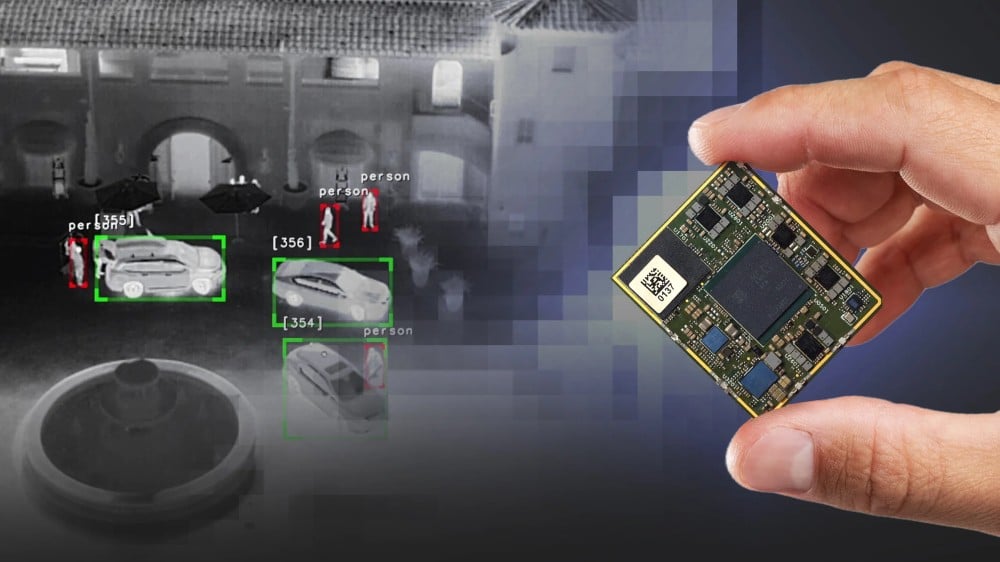Teledyne FLIR unveils new advanced video processor


James Humphreys
Share this content
Teledyne FLIR has unveiled a new advanced video processor, Teledyne FLIR AVP, designed to power the company’s Prism AI and computational imaging at the edge.
According to the company, the AVP incorporates the latest Qualcomm QCS8550, the most advanced mobile processor chip from the leader in mobile, automotive and robotics system-on-chip (SoC) technology.
What features does this advanced video processor have?
The AVP provides artificial intelligence (AI) performance within a small, lightweight and low-power module for thermal and visible camera integration into unmanned aerial vehicles, robots, small gimbals, handheld devices and fixed-mounted security systems.
AVP runs the Teledyne FLIR Prism AI and ISP software libraries and interfaces with the Boson and Neutrino thermal infrared imaging camera modules and a wide range of visible cameras.
Trained on the world’s largest thermal image data lake of more than 5 million annotations, Prism AI is a perception software designed to detect, classify and track targets or objects for automotive autonomy, automotive automatic emergency braking, airborne camera payloads, counter-drone systems, ground intelligence, surveillance and reconnaissance (ISR) and perimeter security.
Prism ISP is a comprehensive set of image processing algorithms that include super resolution, image fusion, atmospheric turbulence removal, electronic stabilization, local-contrast enhancement and noise reduction, the company reports.
Reducing integration risk
“The new AVP is the most powerful and SWaP-optimized processor on the market today, running AI workloads up to five times faster than competitive offerings,” said Dan Walker, Vice President of Product Management, Teledyne FLIR.
“The combination of powerful edge computing and our Prism digital solutions ushers in a new era of electro-optical system capabilities while simplifying development and reducing integration risk.”


